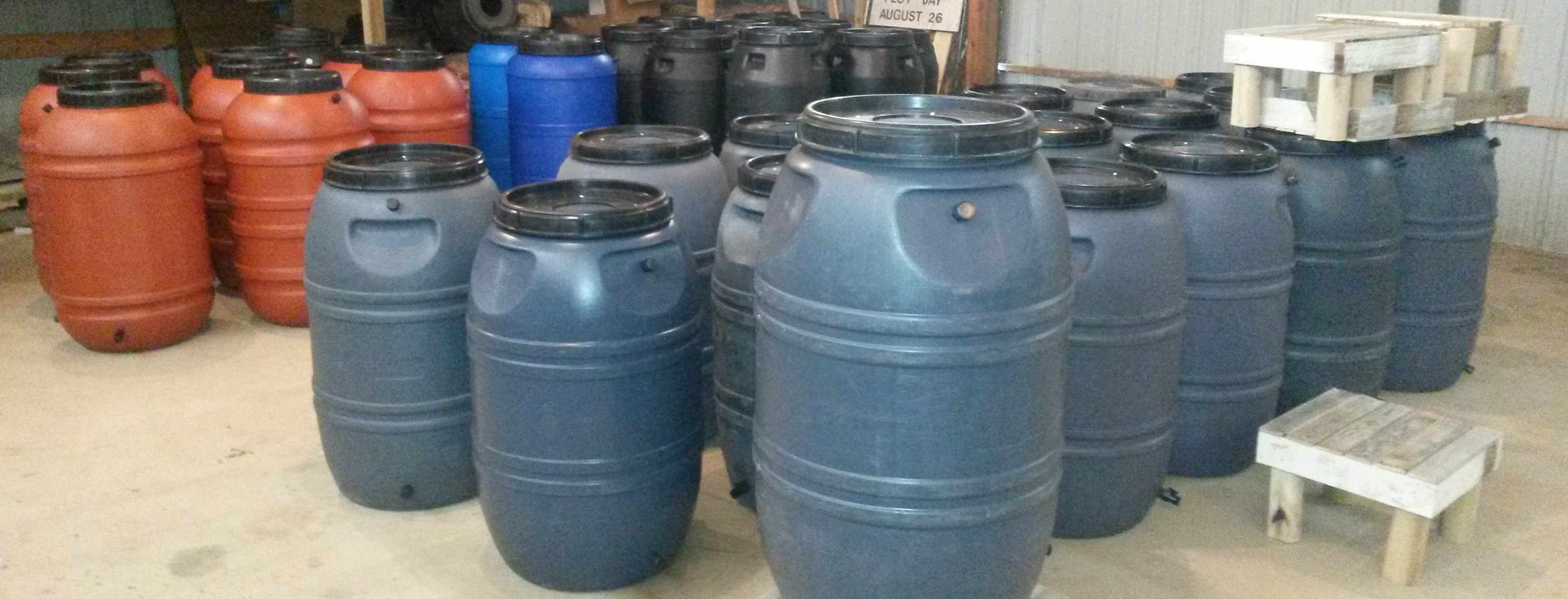Soil Conservation in Winnebago County began with the 1933 proposal of a Civilian Conservation Corps (CCC) in the Village of Durand. The US Army and the US Soil Erosion Service were exploring this possibility with then farm advisor Charles Keltner, Winnebago County Farm Bureau President George Tullock, and farmers Roy Wise and Everett Derwent.
In 1935 a lease was signed with Mrs. Mertie Bonne, owner of seven acres on the northeast edge of Durand, where the camp was to be located. Tents were erected as the first camp buildings in 1935; these were later replaced by wooden barracks in 1936. Soil conservation work became a reality in Winnebago County on August 5, 1935.
The first conservation project took place on Mr. Wise’s 240 acres of slightly rolling farmland, two miles west of Durand. At this location the first terracing, strip-cropping, contour farming and grassed waterways were applied. Farmers came from miles around to see these practices.
Area farmers recall watching CCC crews install conservation practices “by hand”, without motorized equipment. These happenings spurred the establishment of the Pecatonica- Durand Soil Conservation District on May 20, 1940.
In 1963, the Pecatonica-Durand Soil Conservation District changed its name to the Winnebago County Soil Conservation District. Sometime during the 1950’s the District’s name was changed to include water to reflect its expanding role in resource conservation.
Since 1940, great strides have been made in soil and water conservation in Winnebago County. Though programs and people have changed over the years, the main goal of the District remains, to protect and conserve our natural resources.
As you work the fields or drive down the road, I’m sure that each and every one of you can note a practice, project, or something that has impacted the conservation efforts of you and your neighbors, thru the efforts of the Soil and Water Conservation District and the USDA Service Center.


